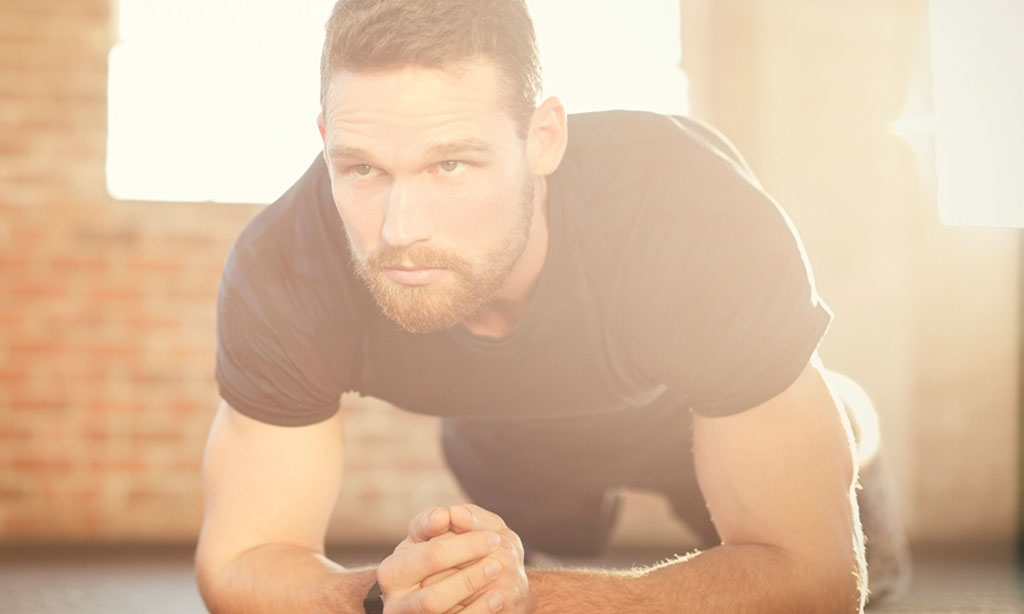By Mark Williamson, Co-Founder of ClubIntel
If your fitness business finds itself bewildered by the conflicting beliefs and behaviors of Baby Boomers and Millennials, you are not alone – this has been a hot topic among club operators for the past few years. These two generations differ attitudinally and behaviorally, especially when it comes to purchases and fitness. Knowing the differences presents significant opportunities for operators seeking to build their business around these two distinct consumers.
Basic Facts about Boomers and Millennials in Canada
Millennials were born between 1982 and 2002, putting their date range between 18-35 years old. Baby Boomers were brought into the world between 1946 and 1964, now hitting the ages between 54 and 72. As of 2017, Statistics Canada reports that approximately 23% of the population are Millennials and 21% of the population are Boomers. Over the next decade, the Boomers will begin to age out, declining significantly in numbers, while the number of Millennials will start to surge in the marketplace. By 2030, the perceived conflict of the generations will be put to rest as Millennials will be the dominant consumer audience in Canada. The question to ask yourself, “Is your club prepared for this generational shift?”
The Purchasing Behaviors of Boomers and Millennials
Boomers prefer to buy “things” [over experiences] that speaks to their sense of arrival and success. They are glued to their TV sets and love to read books, magazines or newspapers which all have a heavy influence on their purchasing decisions. Boomers are pragmatic and logical buyers thoroughly researching products before they buy. They love to redeem coupons and are serious brand loyalists, meaning they are far more likely to purchase a product, or membership, from a business they are familiar with and trust.
By contrast, Millennials have a strong need for creating memories; having experiences over purchasing items for show. Millennials are digital natives, living online an average of 25 hours a week. They are serious multi-taskers, switching media an average of 27 times an hour. They shop and purchase online, and nearly always on mobile. They are highly influenced by their peer’s recommendations when making a purchase decision. And they typically don’t trust the messages of advertisers; user-generated content is far more influential in driving their purchasing decisions.
The Fitness Behaviors of Boomers and Millennials
Boomers seek exercise to age gracefully and functionally. They value fitness environments that are comfortable, familiar, consistent and most of all, not intimidating. They seek a fitness environment that is customer-centric that offers active guidance, coaching and want to feel appreciated and valued for their loyalty.
Millennials see exercise as a lifestyle and consequently are prepared to spend more on it than Boomers. They need a fitness environment that combines inspiration with aspiration, and novelty with adventure. They want to be pushed to their limits and rewarded for their efforts and accomplishments. Millennials prefer a social exercise environment where they feel supported by and engaged with their peers. Not surprising, Millennials are 4.5 times more likely to train at a fitness studio than a Boomer.
Leveraging the Unique Qualities of Each Generation
Attracting and retaining Boomers requires an environment that is not intimidating, rather they prefer an environment that feels comfortable, familiar and safe. Establish a service standard that fosters relationships where instructors actively get to know Boomers, offering assistance and guiding them through their fitness experience. Promote your business using traditional media, such as print, radio and TV, and offer coupons for trials or membership. Remember, they love to do research before purchasing, so optimize your website for relevant keyword searches. Finally, establish a rewards program to acknowledge and encourage their loyalty.
For Millennials, it’s less about the physical surroundings than it is the journey.Attract them by creating a fitness experience that is novel, entertaining, and inspirational. Make sure you provide a social environment where they find their tribe and where friends are welcome to join them. Leverage technology to ensure your website and social media platforms are mobile friendly. Don’t simply push messages on social media; instead, engage in genuine dialogue. Lastly, be mindful that they are heavily dependent upon peer reviews to make decisions, so encourage their online activity where they will post about their experiences and provide organic visibility and word of mouth for your brand.
Concluding Thoughts
The Boomers and Millennials are the two largest consumer groups in the history of Canadian capitalism. Both have unique attitudinal and behavioral qualities that, with thoughtful consideration and planning, each can provide a springboard for reshaping your club’s or studio’s value proposition and marketing strategy to create a strong competitive advantage in your market.
Bio
ClubIntel is a brand insights consulting firm based in Dallas, Texas that works with fitness clubs and studios to develop brand strategies that address the evolving demands and needs of the fitness consumer. Visit club-intel.com.


